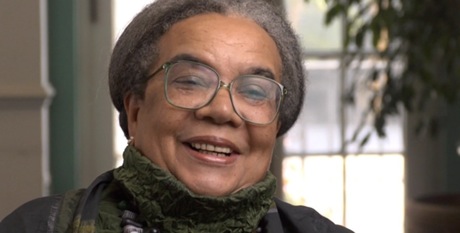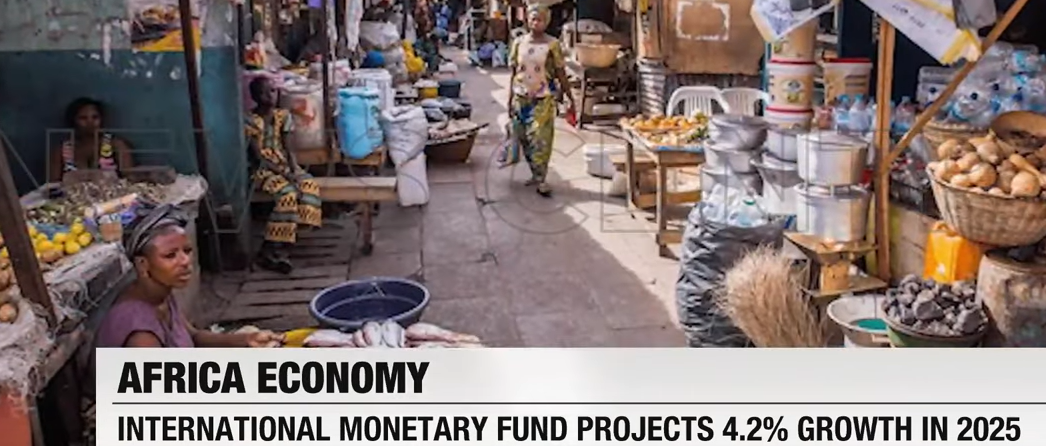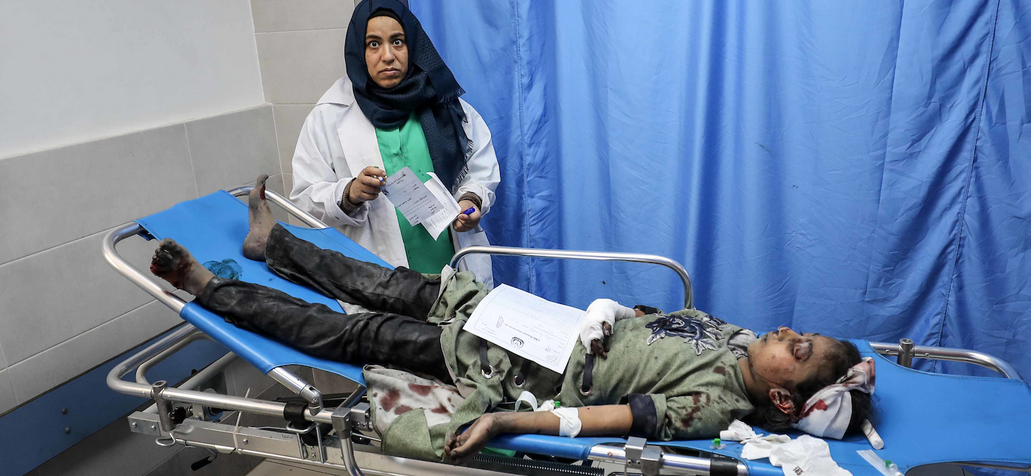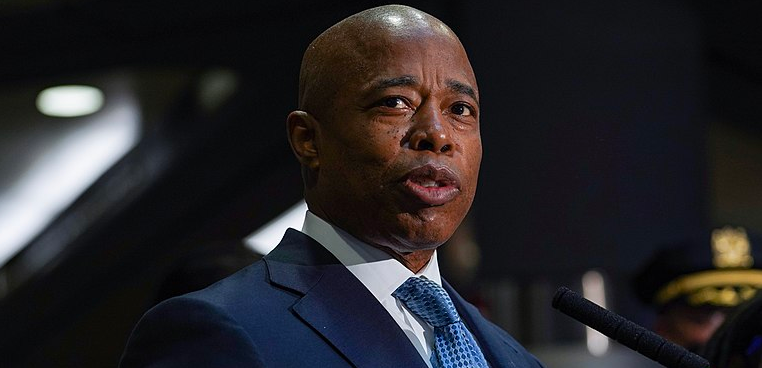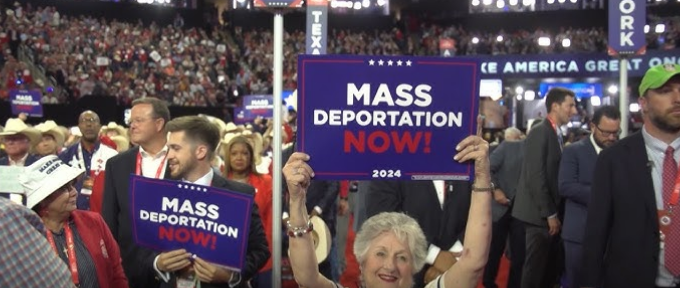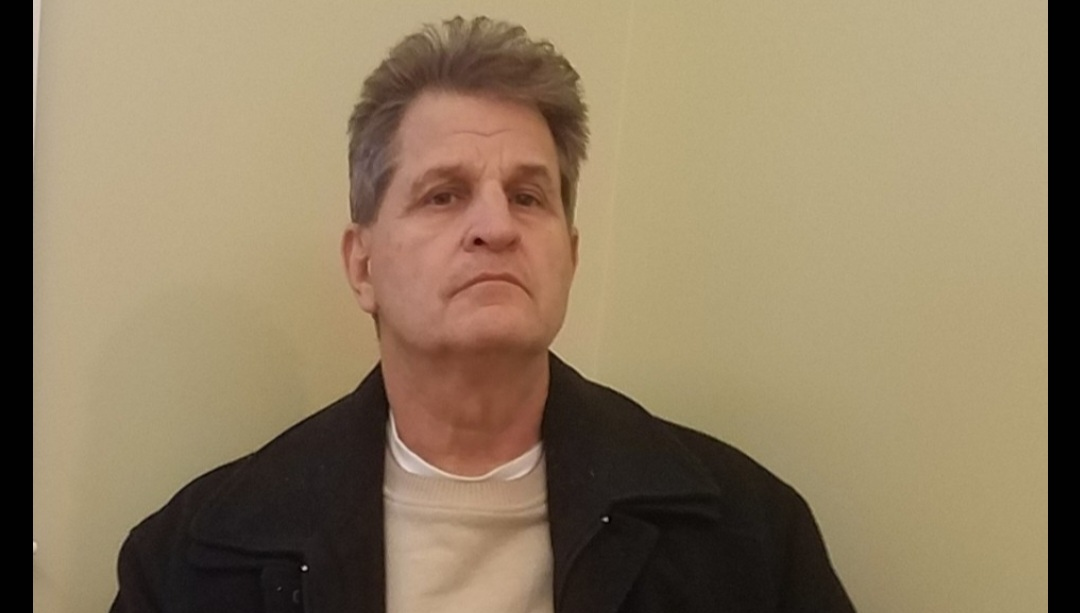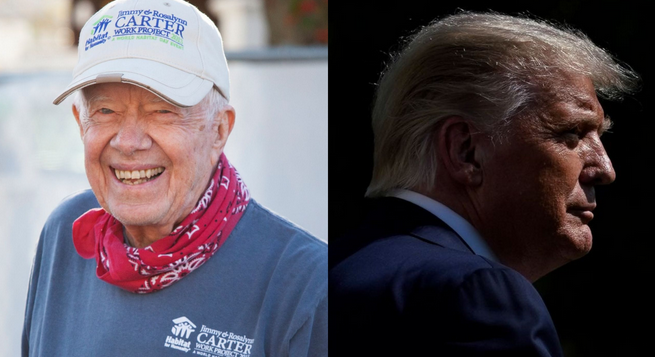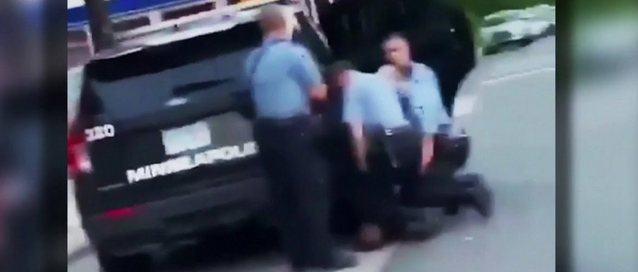Marian Wright Edelman
Michael Patrick MacDonald is a storyteller. Michael recently encouraged the crowd of young leaders at the Children’s Defense Fund Freedom Schools’ National Training to understand the power of storytelling to create change. Here’s what he says: “I found my voice long before I became a writer in community organizing. That’s where I found my voice, where I was able to take all that pain and transform it into something useful in the world, and I never looked back.”
His first book, All Souls: A Family Story from Southie, became a national bestseller and won an American Book Award, and All Souls and its follow-up Easter Rising: A Memoir of Roots and Rebellion have captivated readers with their accounts of his childhood in South Boston’s Old Colony housing project and the poverty, crime, and addiction that devastated his Irish Catholic neighborhood and killed four of his siblings.
He said All Souls begins with a description of an event he organized in his own community: “I organized an All Souls Day vigil to get the neighborhood to start to come out and to tell the truth about all the deaths in the neighborhood, from murders, overdoses, all of the things that we didn’t talk about, all of the things that we pretended didn’t exist. South Boston held the highest concentration of White poverty in America, and I grew up in the housing projects there in a family of 11 kids. Of the 11 kids, we lost four, plus a sister who was crippled in a fight over pills and was pushed off a roof in the projects. But the others all died from poverty and violence as well. My mother was shot as well, and all the years you would go through that stuff, and all of our neighbors were going through that stuff, we were strangled by this code of silence where you were never able to talk about it. You weren’t allowed to talk about this stuff because our neighborhood was controlled by organized crime, but also because the neighborhood was in a state of denial, choosing to believe what the media says—that this stuff doesn’t happen here, this stuff happens ‘over there,’ to ‘those people.’ That’s Black and Latino people, in particular. [South Boston] is very well known for the race riots of the 1970s, when the neighborhood broke into racist riots over desegregation in the city of Boston, but had an awful lot in common with those neighborhoods that we were trying to keep out—an awful lot in common in terms of class.”
Michael knew the code of silence in his neighborhood very well because it was the way he was brought up. In his own family he was “the quiet one” of the 11 children, and as each of his four brothers died he initially felt “kind of stunned speechless.” But when he started working “over there” in some of Boston’s other neighborhoods he realized he wasn’t the only one holding a story inside—and learned how much more power people had when they started letting their stories out and sharing them with each other.
“I decided to write a memoir after years of doing community organizing, especially with a lot of mothers of murdered children, from around the city of Boston—from Roxbury, Dorchester, Mattapan, the Black and Latino neighborhoods, as well as eventually South Boston and Charlestown, the poorer White neighborhoods . . . and I would organize these press conferences or rallies, and I’d push them to the microphone to get them to tell their stories. I saw what happened to them when they told their stories in whatever amount that they wanted to and were capable of telling—how it changed them, and it was also changing the world.”
Michael could see the impact these mothers were having on their communities, especially by speaking out against gun violence. He could also see that sharing their stories was helping reduce their own risks of suicide, alcoholism, drug addiction, and need for revenge against the people who had taken their family members’ lives, and breaking their silences was even changing them in other ways: “They had a really powerful strength, and they completely changed from ‘high-risk’ people to really powerful people . . . I saw what it did for them . . . and then they started to push me out to the front to the microphone, and I would give little bits of my story, and tell of my siblings that were killed, and eventually wanted to tell more and more because I started to feel what it does for you.”
By the vigil he described at the beginning of his book he was both organizer and participant, one of the last people to step to the altar to light a candle and recite the names of each of his own lost brothers—“I stopped and took a deep breath. Then I spoke up. Davy, Frankie, Kevin, and Patrick, and for all souls.”
Michael ultimately learned a lesson that he compared to reading Howard Zinn’s beloved classic A People’s History of the United States: “When I even just saw the title of that book and started to think about what ‘people’s history’ means, that means that all of us have to tell our stories, and that’s ultimately a people’s history—and the more we can encourage that in young people, the more we will have a more complete story.”
Readers everywhere have been grateful for the ways Michael Patrick MacDonald has helped complete South Boston’s story, and he says as he continues to travel and talk about his own writing he’s learned the idea young people connect with most is how powerful it can be to share their own stories and the “possibility of transforming trauma into voice.” It’s a critical lesson for all young people and for all of us—and especially for those who’ve experienced some of the same kinds of family and community poverty, violence, and addiction, for whom breaking silences and realizing they are not alone can be life-changing.
Marian Wright Edelman is President of the Children’s Defense Fund whose Leave No Child Behind® mission is to ensure every child a Healthy Start, a Head Start, a Fair Start, a Safe Start and a Moral Start in life and successful passage to adulthood with the help of caring families and communities. For more information go to www.childrensdefense.org
